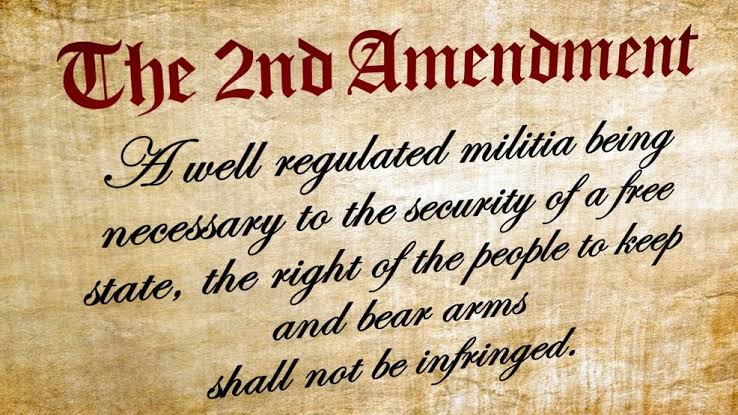


The Second Amendment to the United States Constitution protects the individual right to keep and bear arms. It was ratified on December 15, 1791, as part of the Bill of Rights.
A well-regulated militia, being necessary to the security of a free state, the right of the people to keep and bear arms, shall not be infringed.
The Second Amendment continues to be a source of controversy even though its drafters knew what they meant by it and historians themselves have begun to admit that supporters of gun rights have the better of the constitutional argument. Those opposed to private gun ownership have been responsible for some of the most dishonest constitutional scholarship in American history. They claim that the Second Amendment involves not the individual right to own a firearm but only the states’ rights to maintain an armed militia. According to the American Civil Liberties Union, for example, “The original intent of the Second Amendment was to protect the right of states to maintain militias.” That is a rather strange interpretation of the amendment for a number of reasons, including the fact that the Constitution had already provided for the existence and arming of a militia in Article I, Section 8. Today the Left frequently claims that with state militias no longer in existence, the amendment now refers to the National Guard. But they insist that it has nothing to do with an individual’s right to own a firearm.
Commentators at the time had a rather different view. According to Representative Fisher Ames of Massachusetts, “The rights of conscience, of bearing arms, of changing the government, are declared to be inherent in the people.” Tench Coxe wrote probably the most systematic early overview of the Bill of Rights in the form of his “Remarks on the First Part of the Amendments to the Federal Constitution,” which appeared in the Philadelphia Federal Gazette in June 1789. He wrote, in part, that “the people are confirmed by the next article in their right to keep and bear their private arms.” Madison later wrote
to tell Coxe that the ratification of the amendments would be “indebted to the cooperation of your pen.”
If the framers of the Second Amendment to the United States Constitution had intended it to apply to the right of a state to maintain a militia, they would have used the word “state” instead of “people.” The rest of the Bill of Rights is very precise in using the word “people” when referring to individuals and “state” when referring to the states. There is no good reason to believe that the Second Amendment to the United States Constitution would be the sole exception.
The text of Madison’s original draft of the Second Amendment to the United States Constitution is also revealing. It read: “The right of the people to keep and bear arms shall not be infringed; a well-armed and well-regulated militia being the best security of a free country.” In order to have a well-armed and well-regulated militia, it is necessary to recognize the people’s right to gun ownership. Madison emphasizes the people’s right to keep and bear arms, and only secondarily speaks of the militia. (The term “well-regulated” does not refer to government regulation. Hamilton sheds light on the term in Federalist #29, where he writes that a militia acquired “the degree of perfection which would entitle them to the character of a well-regulated militia” by going “through military exercises and evolutions, as often as might be necessary.”)